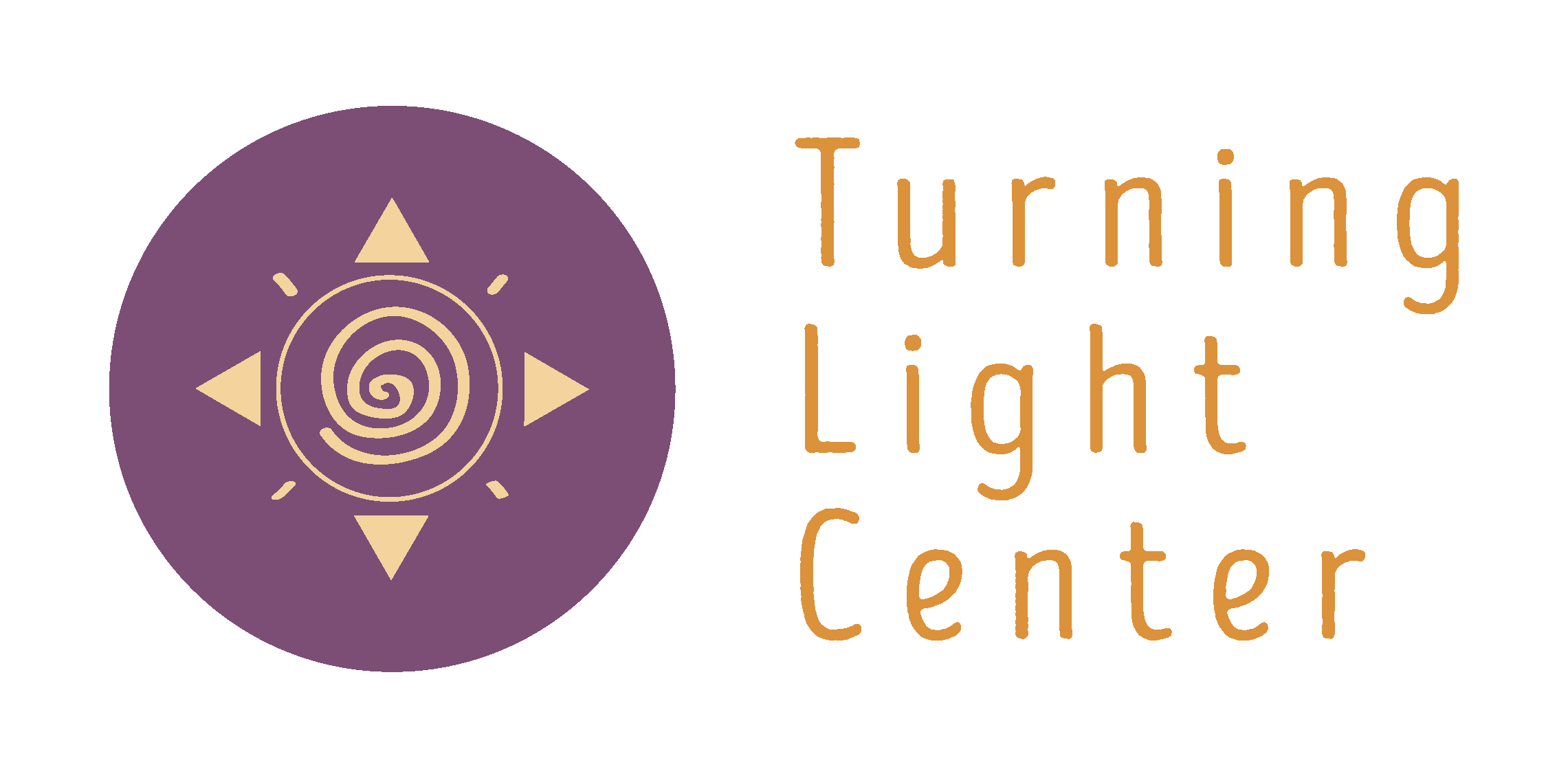Breath of Spring (Breath & Core)
We breathe in at the moment of birth and out at the instant of death. Throughout the rest of our life breath is automatic, yet how we breathe has a profound effect on our well-being – both physically and emotionally.
Breath is, well, core, to a strong inner core and to a healthy body and mind!
Your diaphragm is attached to the lower 4-5 ribs all around – front, back, and sides. It’s a sort of barrier between up your upper abdominal torso and the lower abdominal cavity with the organs of digestion, elimination, etc. At the end of an exhalation, the diaphragm is domed up inside your ribs. When you inhale, the web of muscles that make up the diaphragm moves downward, and the lower ribs move up and outward – like bucket handles. The belly needs to be soft so the contents of the lower abdominal cavity can shift to make space for the unfurling of the lungs downward with the inhalation.
At the end of the exhalation, the lungs are compressed up, like a sponge that has been squeezed out. Relatively many more of the blood capillaries that gather oxygen to spread to your system are in this lower squeezed up part of the lungs. When you chest breathe, the lower lungs are stuck in this compressed place. Imagine a sponge squeezed tight – it can’t absorb much water! So you have to work A LOT harder to get the nourishment you need from breathing. And your rib and shoulder and back muscles are doing most of the work – work that gets in the way of their own jobs. (Got chronic tension in your upper shoulders? This is likely part of it!)In the exhalation position there is also upward pressure on the pericardial sac (of the heart). When breathing properly, the pressure upward and then the release at the inhalation is like a gentle massage to the heart. But if the diaphragm is restricted, then the pressure doesn’t let up and the heart is constantly squeezed.
Also, with your diaphragm seized up or restricted, then your Transverse Abdominals are restricted. These are part of your deep inner core and their job is to provide stability. Your psoas also attaches to the back of these ribs at the same place as the diaphragm, and they too can get gripped up with a tight or restricted diaphragm. Often, then, the lower back tenses up to provide some of the stability we are lacking. Tightness and holding too get into the belly and the colon, so the digestion process is compromised. Relaxed diaphragmatic breathing, on the other hand, gently massages all these inner organs, from the heart, to the liver, to the colon.
Once we release the diaphragm to its natural flexible and strong muscles, the deep inner core can again organically engage, the lower back can release, and even our internal organs relax. Then we can even experience the ease of effortless breathing, like the breath breathing us. It’s a wonderfully nourishing, relaxing experience.
Try this: tell me what you discover!Lie on your back, on a flat surface such as a carpeted floor, in a comfortable position, knees bent. It’s important your spine is neutral. Allow your body to relax into being held by the earth beneath you.
Then begin by just watching your breath for at least 8-10 cycles allowing it to settle into your natural rhythm.
Now, notice where it starts, what movements you feel during the inhalation, and during the exhalation.
Does your inhalation begin with movement in the upper chest or the lower ribs?
How far down can you feel the breath? Ribs? Naval? Pelvis? Pelvic floor expanding downward on the inhalation?
If you are feeling the breath in your pelvis, then watch even more closely: as you breathe in, does the pelvis tip a tiny bit down toward the tailbone? As you breath out, does the pelvis tip back toward the floor a tiny bit, flattening the spine a tiny bit? Don’t try to make it happen, it will happen on its own when the breath is deep and smooth and easy.
After you have done this (10-15 min is really refreshing!) notice how you feel now – your mind, your shoulders, your lower back, or anywhere else. If you often have tension in your lower back – it may be dissipated or even gone! Let me know what you discover!Breathing diaphragmatically is core to the physical health of whole system, but also central to your mental and emotional health because of its affect on the nervous system – but that’s a whole other talk!
Go ahead – Breath Easy! If pain, injury, or stress is getting in the way of achieving your goals, yoga therapy can help you live the life you want to live.
Next month: “Pain is rarely the problem; pain is a sign that dysfunction is present.” Learn how to listen to the body’s messages and help heal yourself.
